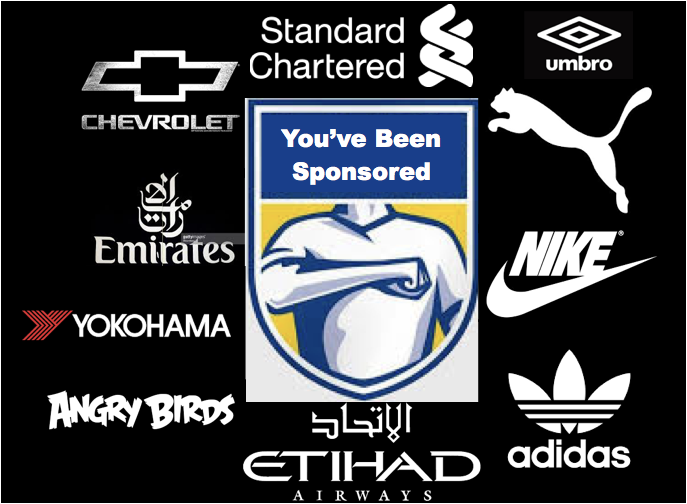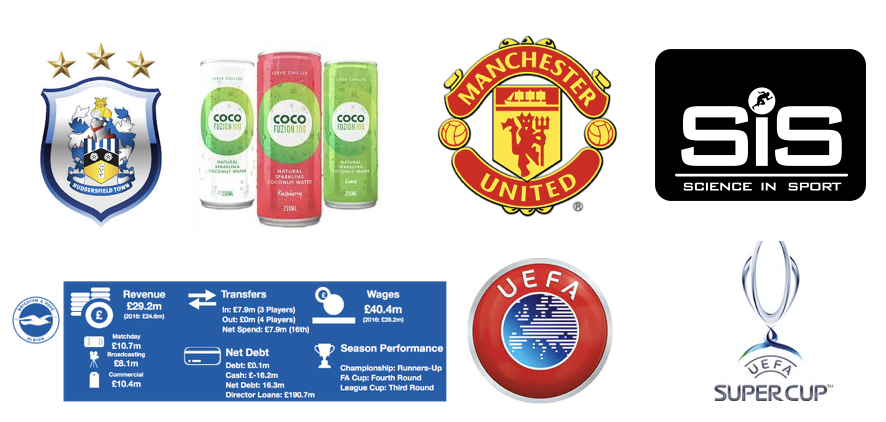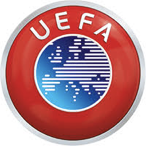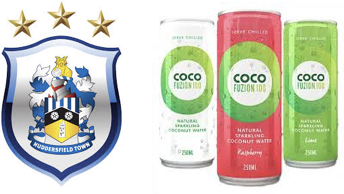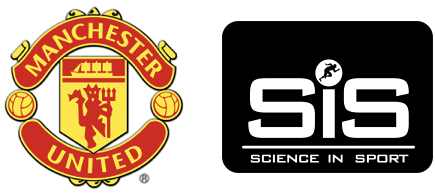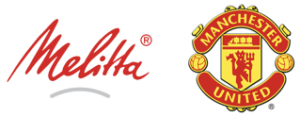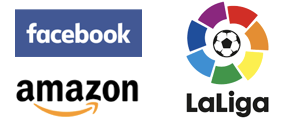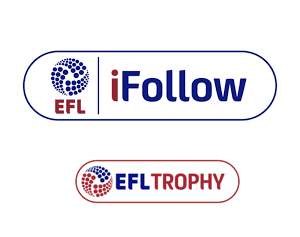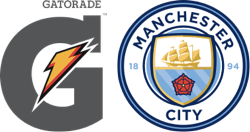Sponsorship revenue is a major source of income for premier league clubs and has been increasing year on year. Commercially vital to clubs, major sponsorships provide revenue of a long period due to the contracts usually being over a few years. This year club sponsorships brought in £282 million in revenue for premier league clubs before taking into the various partnerships they also delve into. This article will will go into detail about the types of industries that are attracted to invest and sponsor football clubs. We will also look at kit manufacturers and the role they play in football finance.
Football sponsorship has changed immensely over the years. Looking at the last 11 years (2007 – 2017), Beer has diminished as a large purchaser of sponsorships with no current club having a beer manufacturer as a sponsor. Betting companies have dominated as of late with a high of 9 companies donning sponsorship deals in 2016/17 season, nearly half of all clubs. This makes perfect sense being that football fans represent a key audience for betting companies. Interestingly, this space is not dominated by the largest, most well-known betting companies (other than Bet365 and BetWay), rather overseas and casino gambling companies being the most keen sponsors. It would be interesting to see if the likes of Paddy Power and Ladbrokes decide to enter this space in the future.
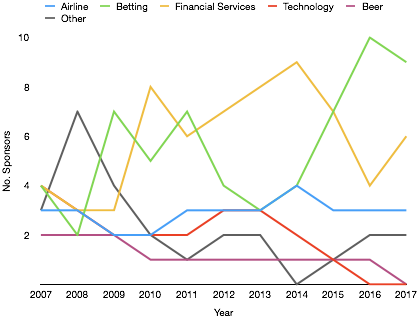
Financial services companies are aiming to fill the gap left since Barclays no longer sponsor the Premier League. Banks, Insurance and pay-day loans companies are all present here and the financial sector has been ever present in the sponsoring premier league clubs, with at least 3 on average in each of age last 11 years.
Airlines are another major part of the football clubs with two of the largest clubs, Arsenal and Manchester City representing the industry. Both have long standing partnerships with their respective airline.
Other industries to have sponsored Premier League clubs over the years include Sports fashion, Charities, Automobiles and confusingly a Zoo!
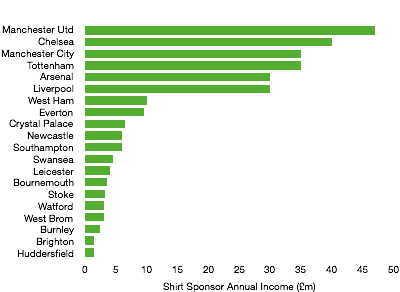
As mentioned, sponsorships are a huge source of cash for the clubs with over £282m coming from shirt sponsors alone. Above we have the league table of shirt sponsors. It has a very familiar look to it, with domination from the top 6 who take home over 75% of sponsorship revenue. Man United show their dominance as the most reputable club in English football if not the world, with their Chevrolet deal bring them a handsome £47m a year. While newly promoted Huddersfield and Brighton at the foot of the table with deals of £1.5m each, more than 30 times less than Manchester United.
West Ham can be pleased at being 7th with their BetWay sponsorship bring in £10m a year, this is due to run until the end of this season and they will be hoping a strong showing in the league this season can lead to a similar, if not larger deal especially with the attraction of such of large stadium and tourist attraction for prospective sponsors.
Leicester have a long term agreement with shirt and stadium sponsor King Power and have yet to really cash in their title heroics through this commercial medium.
Interestingly, all London clubs are in the top half of the table, suggesting their is a preference among sponsors to pay a premium to sponsor London clubs, with Crystal Palace above the likes of Newcastle, Leicester, West Brom and Southampton.
Please Stay!
In terms of turnover of club sponsorships, only Tottenham of the Premier League ever-presents has had more than 2 sponsorships, with 6 in the 11 years analysed. Only Arsenal however have not changed sponsors during this period, however most of these changes were after a long period with that sponsor and we suspect their current deals to continue for the foreseeable future. West Brom have a record high of 7 sponsors in 9 years (including 1 year with none), this is interesting as to whether this indicates poor commercial success or just a policy of renewal. This doesn’t seem to be working with their current deal the 4th worst in the league ahead of only newly-promoted Brighton and Huddersfield, and Burnley.
Kitted Out
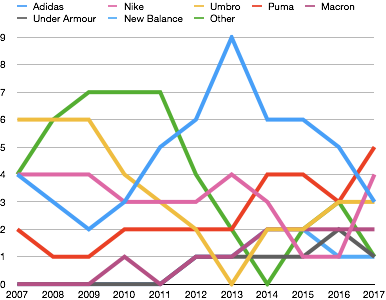
Kit manufacturer income is another major source of sponsorship income, many large sport brands pay millions to create kits for clubs, profiting from the sales of these. The largest two manufactures are the most well known sports brand in the world, Adidas and Nike. Adidas have seen a huge decline however since their high of 9 kits in 2013 to only 3 in 2017, even losing Chelsea who cut their sponsorship short to sign for Nike last season, paying £67m in the process. The spread of sport companies has diversified in recent years with none dominating as was the case with Adidas, Nike and Umbro in previous years. Umbro were previously a huge producer of kits, making 6 kits in 2007, the largest at that time to none in 2013 before renewing their presence recently with 3 currently rocking the diamond on their kits.
It will be interesting to see how Adidas react to their recent fall, they may decide to attract a large club such as Arsenal to their ranks after missing out on Manchester City who have agreed a deal with Puma for next season.
Speaking of Puma, they lead the way this year for clubs wearing their brand, which has been on a steady increasing trend since 2007.
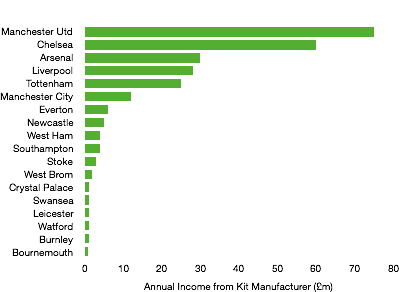
There is the usual pattern for Kit makers as there is in performance in domestic leagues, the top 6 dominate due to their domestic success and the large fan bases that come with that. The top 6 take home a remarkable 89% of income generated from kit manufacturers.
Surprisingly, Manchester City lag their domestic rivals significantly in the value of their deal with Nike, coming in at only £12m a year compared to the £75m Adidas deal of their Manchester rival or £60m a year deal of Chelsea who also have their kits made by Nike, something that will be rectified once Puma take over in the summer in a £50m a year deal.
Data was unavailable for Huddersfield and Brighton, however we suspect their deals to be around the £1m mark, maybe lower than Bournemouth who are bottom with an £800k annual deal.
Sleeves of Gold
A new phenomenon among premier league clubs is the introduction of sleeve sponsorships, with 17 out of the 20 premier league teams (Arsenal, Manchester United and Tottenham are yet to have one). This has brought in on average £3m a year extra revenue to premier league clubs, for example Liverpool Western Union deal has brought in £5m a year to the clubs coffers. Chelsea have the largest sleeve sponsor deal to date, with an extra £8m year brought in, while at the other end of the scale Huddersfield only bring in £300k in extra revenue from their sleeves.
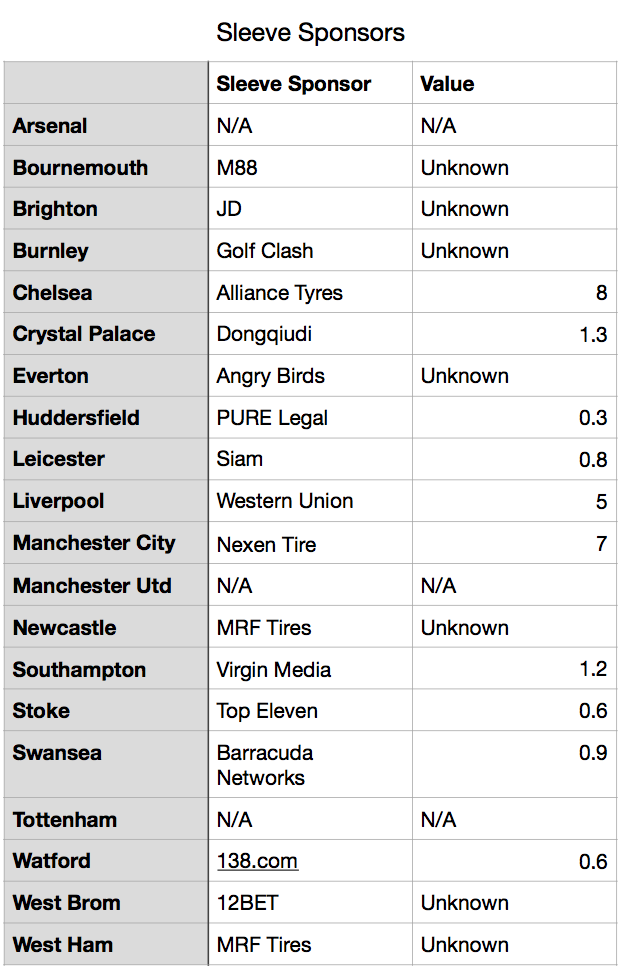
I hope you enjoyed this article, please share and like us on Facebook and Twitter.

